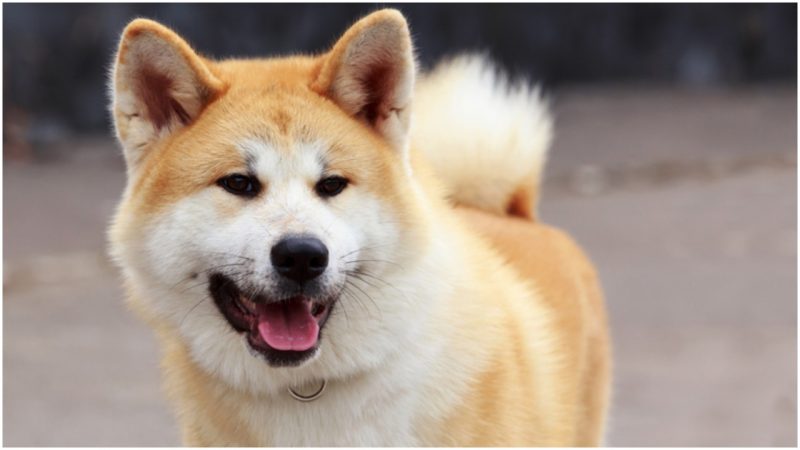Dogs love us in a very intense and personal way, forming emotional bonds that defy time or distance. We’ve all heard stories about animals doing things like walking across the country to be reunited with beloved people or making other heroic acts of devotion and loyalty. Some of those stories are fiction, however heartwarming, but others are rooted in actual actions done by real dogs, like Hachiko.
Hachiko, or Hachi as he was more familiarly known, is a Japanese national hero, according to the site Nerd Nomads. He’s held in such high regard that there is a bronze statue of him outside Shibuya train station in Tokyo, and there have even been movies about him.
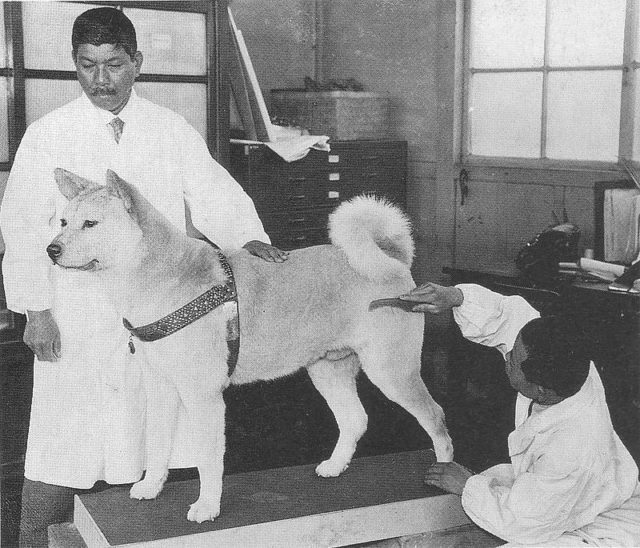
All of these tributes are in acknowledgment of his fierce, if rather heartbreaking, devotion. Hachiko was an Akita Inu, born in 1923. When he was a year old, he was given as a gift to the daughter of a professor of agriculture at Tokyo University, according to AnimalWised.
When Professor Eisaburo Ueno first saw the puppy he noticed that its legs were slightly crooked, resembling the kanji for the number eight, which is pronounced Hachi, and so Hachiko earned his name. When the professor’s daughter grew up, she married and moved away, leaving the dog behind.
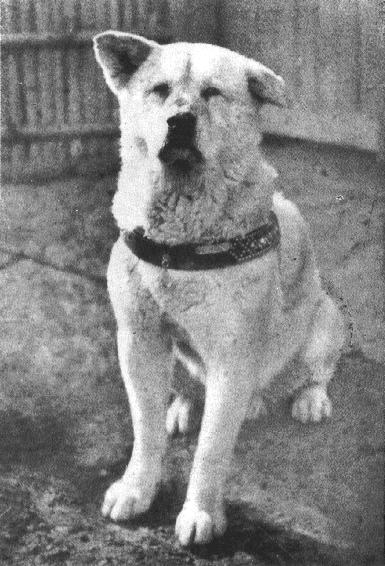
By then the professor and Hachi had formed a close bond. Every day, when the professor went to catch his train to work, Hachi walked him to the station.
When the end of the day came, Hachi would go back to the station to meet his train and walk him home. The remarkable part of the story is that, on May 21, 1925, Professor Ueno died suddenly while he was at work, and never came home. Hachi, however, kept waiting.
Even though the dog started living with Ueno’s former gardener, he would return to wait at the station for hours, every day for nine years, looking for his special person to come home. In 1932, a Japanese journalist was made aware of Hachiko’s story and wrote about the faithful dog.
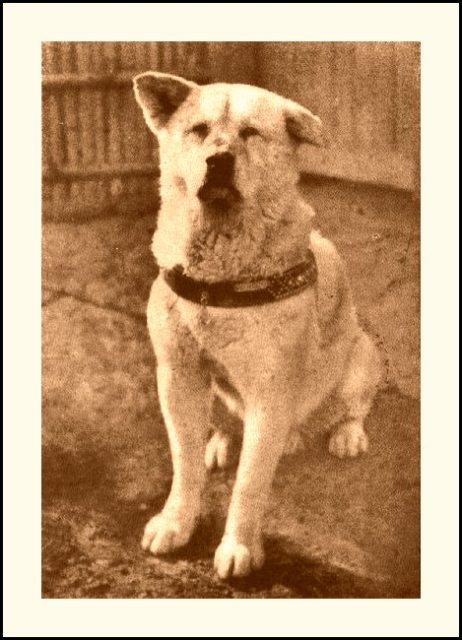
His heartbreaking story captured public attention — not only in Japan but around the world — and Hachiko became something of a celebrity, with people making special trips to the train station to give him a treat and a kind word. In 1934, a bronze statue of Hachi was put up outside Shibuya train station to honor the extreme loyalty and faithfulness the animal showed in keeping his vigil.
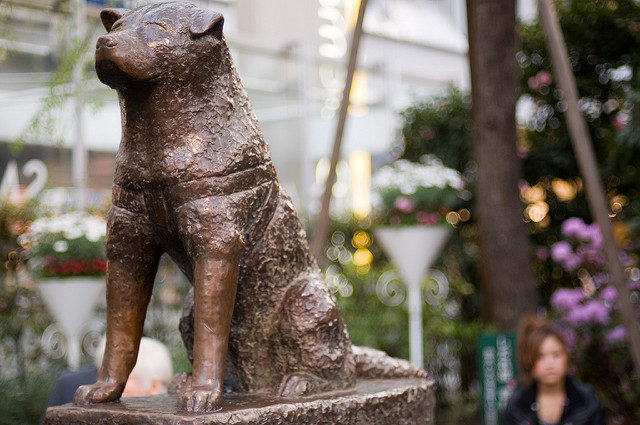
On March 8, 1935, Hachi died at the foot of his statue, still waiting for his master to come home. He was cremated and reunited with Professor Ueno in death when he was buried next to the professor’s grave. During the second world war, Hachiko’s statue was removed, along with all the other bronze statues in Japan, and melted down so the metal could be used in the war effort.
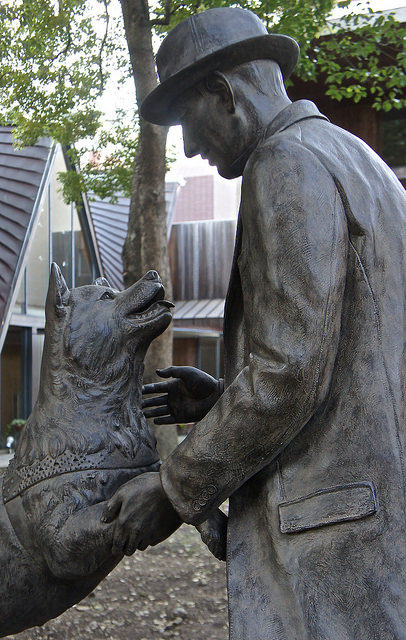
Several years after the war was over, a group who were full of admiration for Hachi’s devotion had a new statue made and placed where the original used to stand, outside Shibuya station.
Read another story from us: Sled Dogs No More – Why Huskies are Banned from Antarctica
The sculptor the group commissioned for the new monument was the son of the sculptor who had created the original piece. Hachiko’s statue now stands in the same place, more than 70 years later, and every year on April 8th there’s a celebration of his loyalty.
